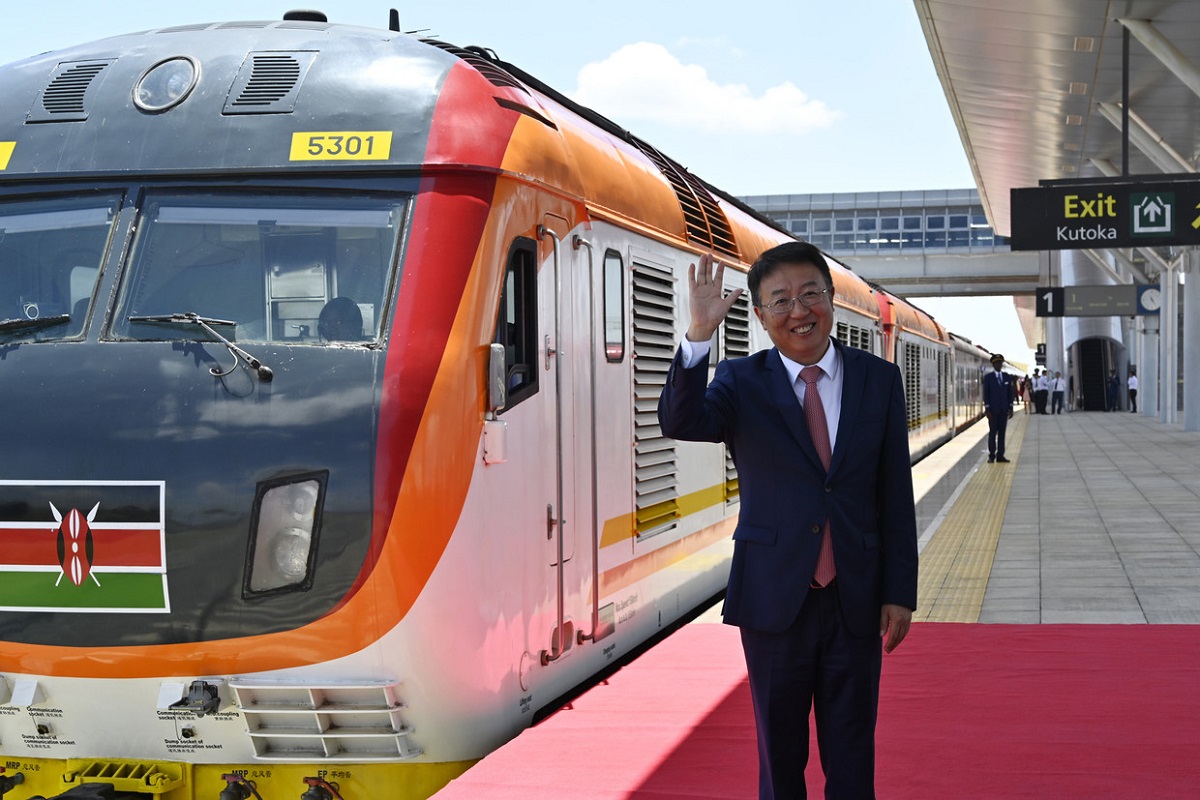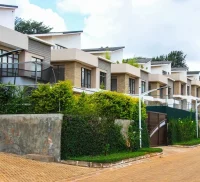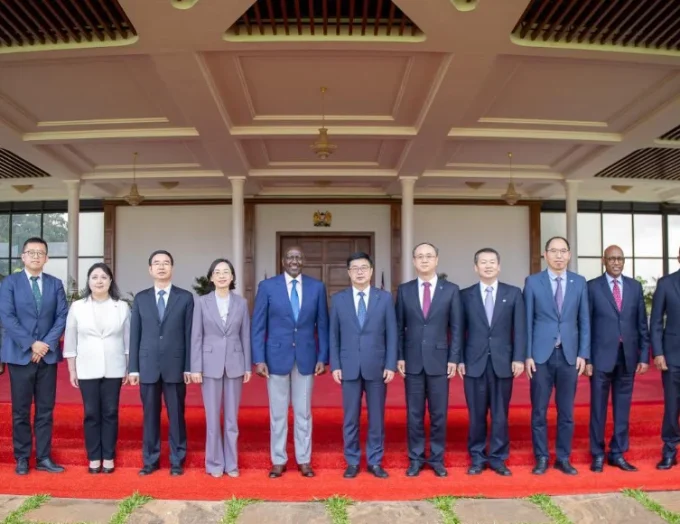BRI project: Due to its geopolitical strategic position and stable political environment, Kenya is a darling of many foreign partners. The country has survived civil turmoil in a region that has occasionally been fraught with both internal and cross-border violénce.
Therefore, it was only natural that Kenya has grown into one of China’s key partners and ally not just in the East African region, but on the continent. While Sino-Kenya relations date back to 1963 when China became the fourth country to open an embassy in Nairobi just after independence, the last two decades have been revolutionary in the two countries’ social and economic cooperation.
To underscore how close the two countries have grown, in May 2017 Presidents Xi Jinping and Kenya’s Uhuru Kenyatta upgraded the ties to a comprehensive strategic partnership of cooperation. This means that China gives its partner top priority when it comes to investment, while Kenya reciprocates by ranking its partner high up in its policy and developmental cooperation.
Critically, Kenya has emerged as a benchmark of the impact of the Belt and Road Initiative (BRI) within the 46 out of the 55 African Union member states that are part of this multi-trillion-dollar infrastructure project. The two countries have worked in tandem, with Kenya not looking over its shoulder even as the naysayer voices shout louder.
The “Shared Prosperity: Tracking the Belt and Road Initiative in Kenya (2018-2021)”, report documents the wide-ranging impact of the BRI on Kenya’s overall development. Kenya has several BRI flagship projects – infrastructure, trade, finance, policy consultations and people-to-people exchanges – that have transformed the lives of many communities.
The 670-kilometre Standard Gauge Railway (SGR), for instance, has constantly transformed the economies of both the country and the communities where it passes. It was not an easy project to implement due to malicious critics who attempted to throw a spanner in the works with claims ranging from environmental destruction, displacement of populations to the now debunked claims of China’s debt trap.
Whatever challenges occasioned by the SGR’s implementation were a negligible opportunity cost in pursuit of the greater good. The modern track has reduced travel time between the key port city of Mombasa to the Nairobi capital city, a distance of about 472 kilometers, to 4.5 hours compared to the previous 12 hours it took on the old railway track. The distance takes nine hours to travel by bus.
The SGR has also created thousands of direct and indirect job opportunities, and built the capacity of the 5,000 personnel trained in railway operations and maintenance. The project has increased trade and connectivity through safety, timeliness, reliability and efficiency. It has also enhanced tourism as it traverses the world renowned Tsavo National Park.
Another BRI revolutionary project is the Lamu Port South-Sudan Ethiopia Transport (LAPSSET) Corridor Program, a US$ 25 billion regional multi-infrastructure project integrating a standard gauge railway, a fiber optic cable corridor and an oil pipeline. A project of Kenya’s Vision 2030 development blueprint, LAPSSET is expected to add between two and three percent of Gross Domestic Product (GDP) to the country’s economy, and finally grow it to between eight and 10 percent after all the investment add-ons.
The 27.1 kilometers Nairobi Expressway being constructed at a cost of US$ 599 million is another BRI project that will change the fortunes of Kenya’s economy. This first ever Public-Private-Partnership project in the country will offer convenient and efficient travel from the outskirts of the capital city to the Jomo Kenyatta International Airport and SGR in minutes, a distance that currently takes hours due to gridlock during peak hours.
Digitally, Kenya’s Ministry of Information and Communication Technology (ICT) and China’s Huawei are building a US$ 172.7 million data center, smart city and surveillance project at the Konza Data Center and Smart City. The project is financed through Chinese concessional loans.
>> China-Built Lamu Port Sets The Pace For Regional Development
>> How Kenya Can Become The Next China
Experts say that the BRI has revolutionized financial flows to the developing world, availing sufficient capital for developmental projects to be undertaken within short timeframes, as well as creating multiplier effects in multiple sectors of the economy. It has also improved Africa’s continental interconnectivity, breaking borders and catalyzing intra-continental trade.
The BRI has also transformed development philosophies long held by developing countries, which resulted in inertia and eventual socio-economic strangulation. It is unfathomable that in the 1960s China’s GDP was at the same level with that of many developing countries, but today the country is the second largest world economy.
This unfolding “Chinese miracle” has resulted to “thought transfer”, a process that entails a paradigm shift in the way countries view paths out of poverty and dependence. Since 1978, Kenya’s three presidents have visited China several times as part of Sino-Kenya policy consultations. Conversely, top Chinese government officials have made similar official visits to Kenya.
China has expressed its willingness to build a China-Africa community with a shared future in the new era. In Kenya, this will involve strengthening the bond of partnership by aligning both countries’ development strategies not just through the BRI, but also in the wider Forum on China-Africa Cooperation.
>> Super-Rich Kenyans Who Are Not So Philanthropic



![Uchumi's Lang'ata Road branch is located close to Uhuru Gardens, where KDF is among contractors undertaking major construction work of new facilities. [Photo/ Courtesy]](https://businesstoday.co.ke/wp-content/uploads/2021/11/uk-150x150.jpg)









Leave a comment